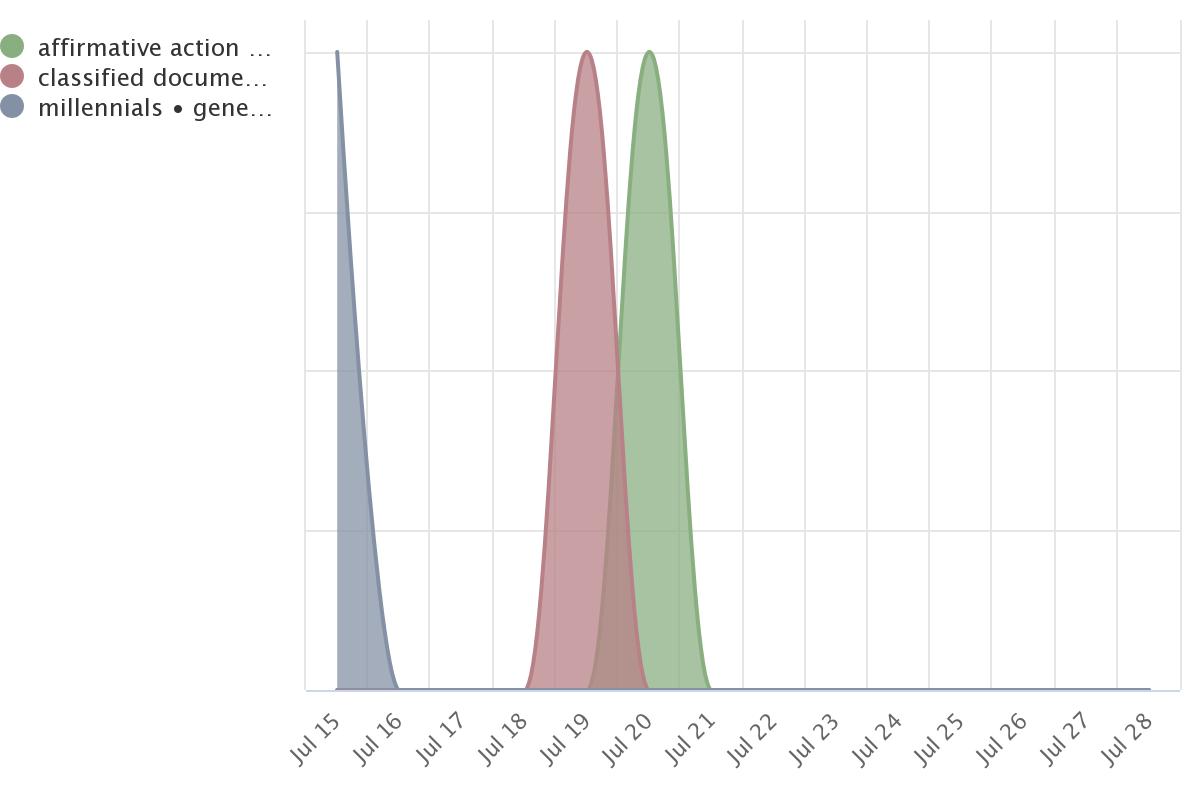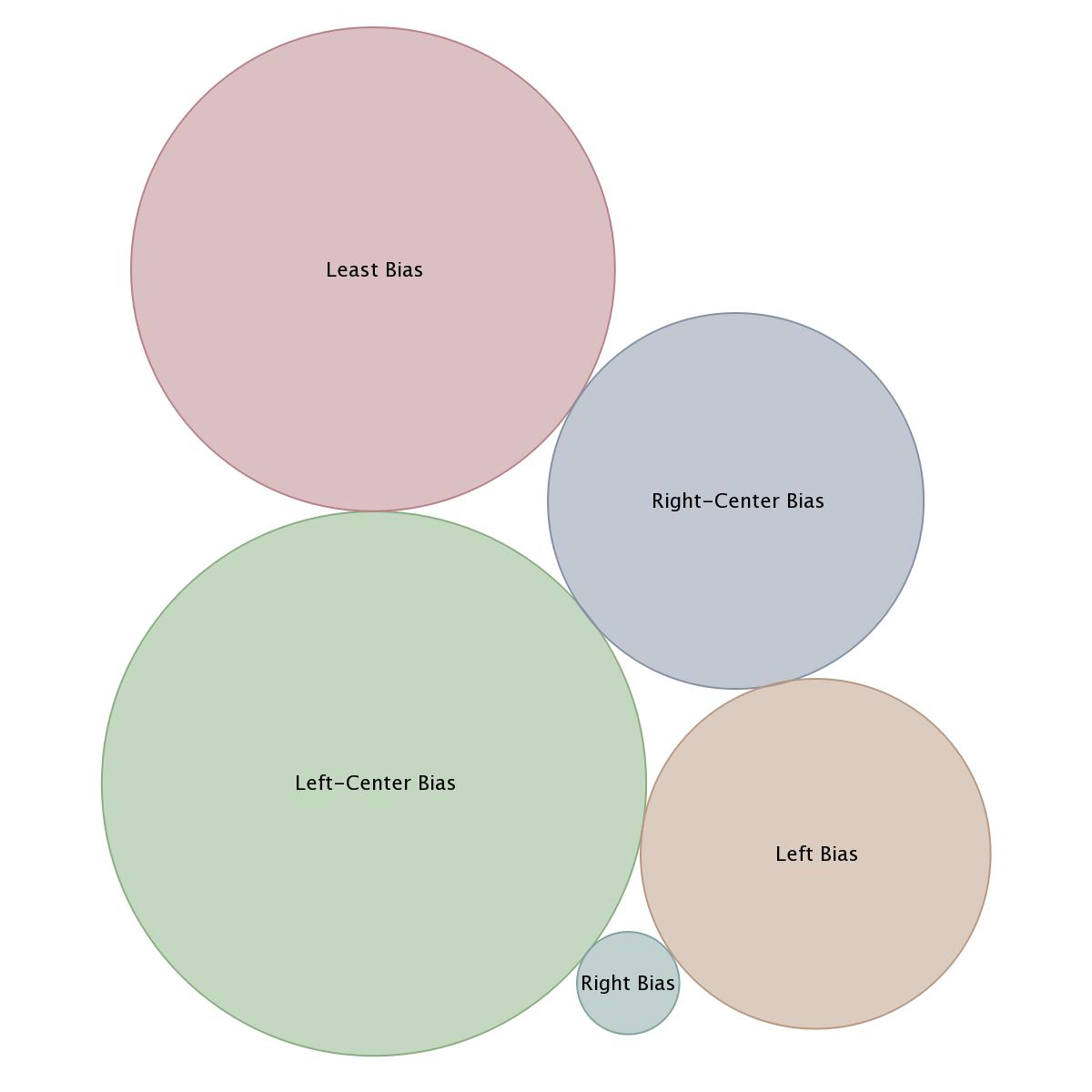
Narratives surrounding the U.S. Department of Education's investigating legacy admissions policies at Harvard is being amplified by more than 100 sources in the last two weeks. European sources have also taken up the narrative, although to a lesser degree and with different emphases.
Our Kudzu Narrative Intelligence briefs auto-update every few hours with fresh analysis:
Legacy admissions policies, which give preference to students with alumni or donor relatives, are being ended by universities. Wesleyan University, Amherst College, Johns Hopkins University, and Massachusetts Institute of Technology have already dropped their legacy admissions policies. The practice of legacy admissions has been criticized for perpetuating generational wealth and privilege.
Key Takeaways:
The U.S. Department of Education is investigating Harvard's use of legacy admissions policies. Legacy admissions at Harvard give preference to family members of large donors, effectively giving white applicants a leg up in the admissions process. Harvard is currently analyzing its admissions policies to ensure compliance with the law.
Key Takeaways:
The Supreme Court ruling in June struck down race as a factor in college admissions, effectively ending affirmative action policies at Harvard and the University of North Carolina. Legacy admissions have come under increased criticism since the ruling, as they give preferential treatment to privileged individuals. The elimination of legacy admissions and athlete preferences has been found to have a smaller impact on diversity compared to racial preferences.
Key Takeaways:
In this Kudzu Narrative Intelligence Brief, a comparative analysis of the top surfaced keywords from different categories reveals interesting insights. The keywords that appear more often in the U.S. media sources include:
The following keywords are found exclusively in U.S. media sources:
These keywords demonstrate the focus on issues of diversity, inclusion, and the role of race in college admissions, reflecting the concerns and perspectives prevalent in the U.S. media narrative.
In contrast, the keywords found exclusively in European media sources provide a different perspective on the topic:
These keywords might suggest that European media sources approach the topic with a specific focus on the practices of individual institutions, legal aspects, and data-driven analysis.

Sources in U.S. Media

Sources in European Media
According to our Narrative Intelligence, the analysis of media coverage across different political leanings reveals significant differences. Left-Center sources have the highest bias, with 122 instances of bias. This is followed by Least Bias with 97 instances, Right-Center with 62 instances, Left with 55 instances, and Right with 24 instances.
These numbers demonstrate the varying levels of bias in U.S. media. Left-Center sources exhibit the highest bias, more than double that of Right sources. Right-Center sources have around triple the bias compared to Right sources, while Left sources have more than double the bias of Right sources. Least Bias sources, as the name suggests, have the least amount of bias.
This analysis showcases the importance of our Narrative AI and Narrative Technology in uncovering and understanding bias in media coverage. By providing numerical comparisons, we can gain valuable insights into the media landscape and make informed decisions about the information we consume.

U.S. Media
Note: Kudzu Narrative Intelligence briefs update every few hours. Very likely, the Narrative Analysis data visualization depicted in the graphic above will have changed as well.
Image Credit for Article Header: chensiyuan, CC BY-SA 4.0, via Wikimedia Commons